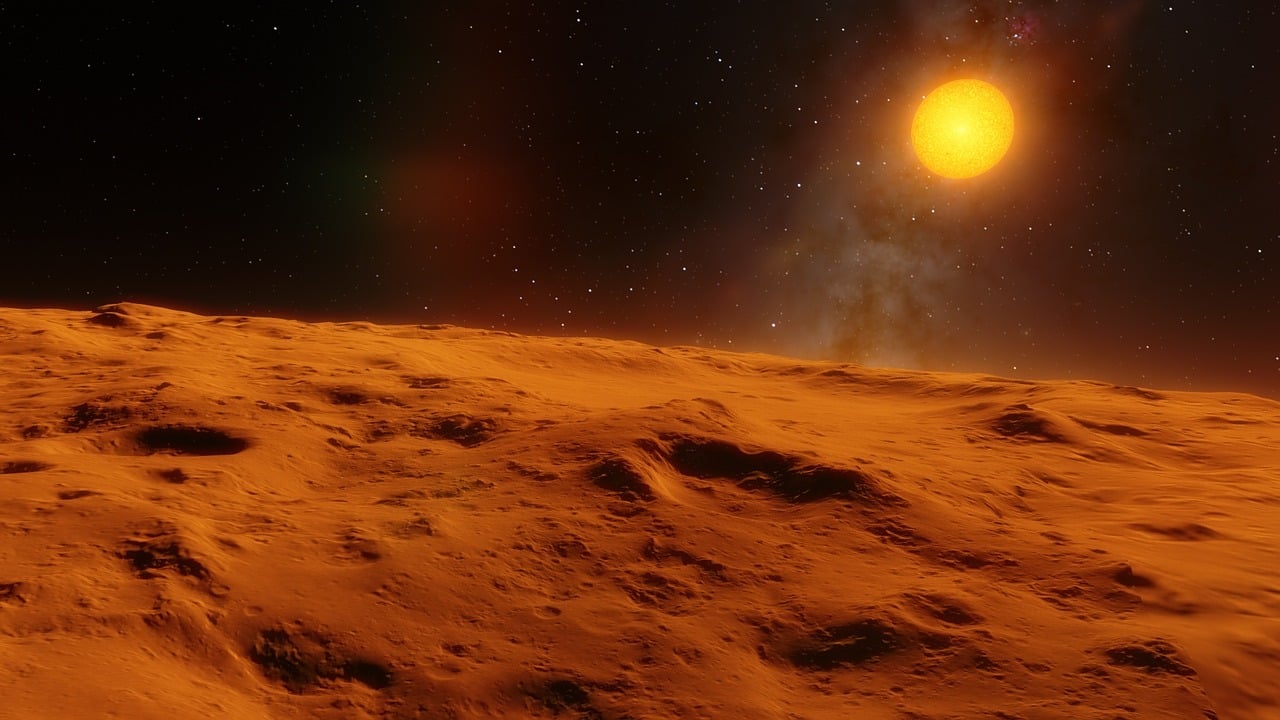NASA's Budget Woes Require Tough Space Tech Balancing Act

LOS ANGELES — With NASA facing tight budget constraints, the space agency must strike a balance between devoting funds to keep existing missions and spacecraft operating, while also investing in new technology and innovation for future exploration, an agency official said this week.
"Our spacecraft are lasting longer, our spacecraft are doing very noble science, but they're very expensive to operate, so you can't have the money both to operate systems for much longer than their expected operating life, and have the money to invent the next generation of spacecraft and scientific instruments as you go forward," said Eugene Tattini, deputy director of NASA's Jet Propulsion Laboratory (JPL) in Pasadena, Calif. "So that's kind of the good news, bad news thing."
Tattini's remarks came during his keynote speech at the Los Angeles Convention Center here Tuesday (May 8) during the first Spacecraft Technology Expo 2012. Tattini is responsible for managing JPL's various science and exploration programs, and oversees the center's resources and daily activities.
As NASA continues to operate in a difficult budgetary climate, JPL has experienced an evolving role within the agency, he said.
"As the budgets get short, the complexion of JPL changes from a research and development organization, to an organization that does spacecraft operations and science," Tattini explained. "And you have to watch that balance as you go back and forth, because we want to try to achieve a proper balance as we go and do these things." [NASA's 10 Greatest Science Missions]
In his fiscal year 2013 budget proposal, President Obama has requested $17.7 billion for NASA. Of that figure, 35 percent is devoted to science, 60 percent for human exploration, and 5 percent for aeronautics. But funding for technology has not been left out of the equation.
"The last two budget submits to the Congress, and as we've gone through the authorization and appropriation cycle, the NASA technology line has increased substantially from what it was under the Constellation program," Tattini said. "Today, if you look at the [fiscal year] '13 appropriations being deliberated within the House and the Senate, we'll have a little over half a billion dollars in technology money."
Breaking space news, the latest updates on rocket launches, skywatching events and more!
Investing in technology will help NASA's future space exploration goals, which include manned missions to an asteroid and Mars. But the groundwork for these missions has already been laid, in particular with the agency's many robotic expeditions.
In particular, engineers at JPL are preparing for the Mars Science Laboratory's much-anticipated arrival at Mars in early August. The spacecraft, which will release the Mini Cooper-size Curiosity rover, is scheduled to land on the surface of the Red Planet on Aug. 6.
You can follow SPACE.com staff writer Denise Chow on Twitter @denisechow. Follow SPACE.com for the latest in space science and exploration news on Twitter @Spacedotcom and on Facebook.

Denise Chow is a former Space.com staff writer who then worked as assistant managing editor at Live Science before moving to NBC News as a science reporter, where she focuses on general science and climate change. She spent two years with Space.com, writing about rocket launches and covering NASA's final three space shuttle missions, before joining the Live Science team in 2013. A Canadian transplant, Denise has a bachelor's degree from the University of Toronto, and a master's degree in journalism from New York University. At NBC News, Denise covers general science and climate change.
